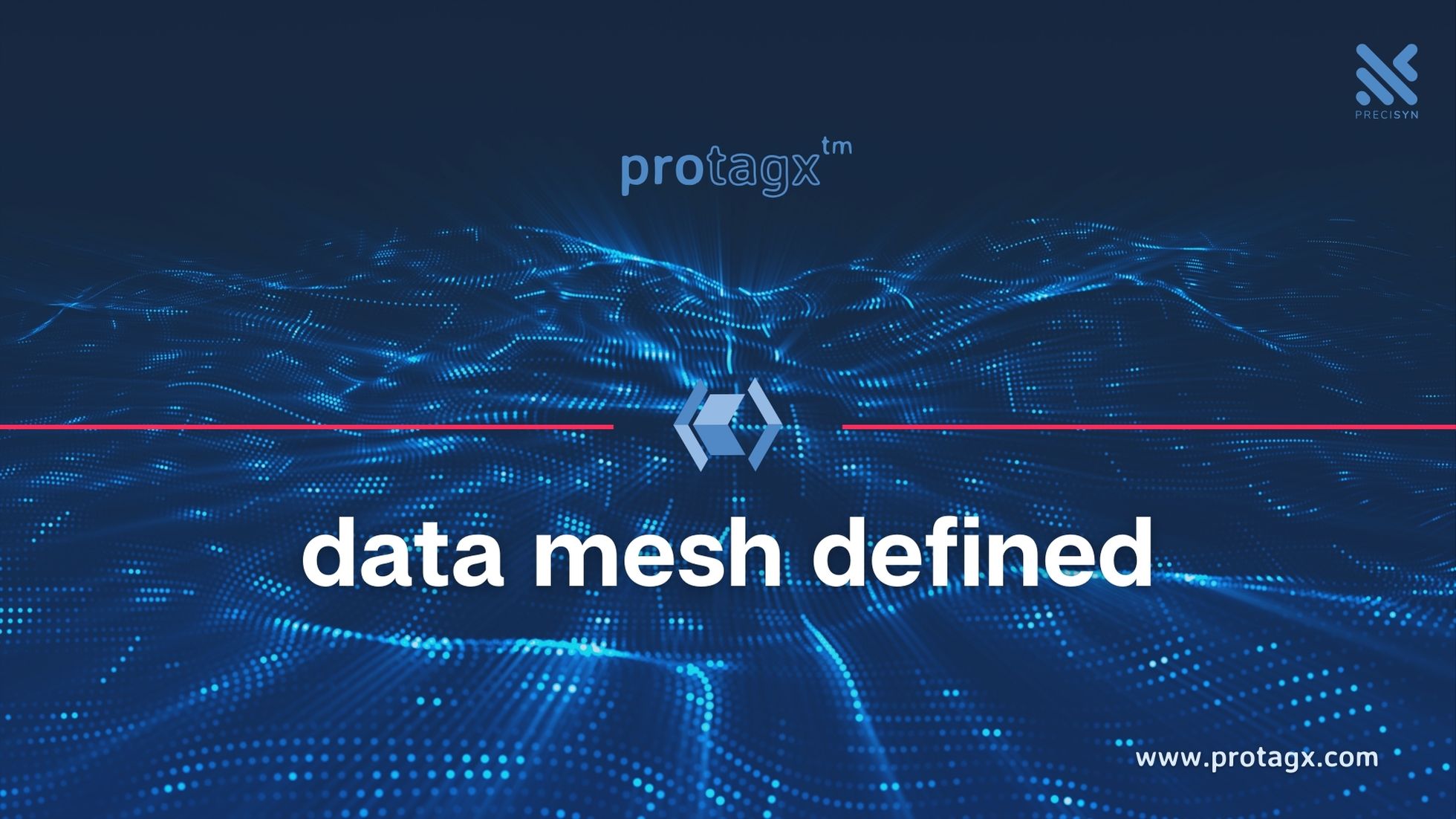FHIR, also known as Fast Healthcare Interoperability Resources, is a widely utilized standard for exchanging healthcare information. However, it poses certain challenges that need to be addressed to safeguard patient data. Of particular concern is the unauthorized access to patient information when using FHIR APIs. In this blog post, we will delve into specific measures that can be implemented to ensure the security of patient data when utilizing FHIR. Additionally, we will explore the potential risks associated with third-party applications that access and handle patient data through FHIR, along with the steps that can be taken to mitigate these risks. Lastly, we will examine how adhering to HIPAA compliance requirements can contribute to the protection of healthcare software within the context of FHIR. We will provide a comprehensive response to these concerns, offering detailed insights and proposing specific ideas to overcome the challenges posed by FHIR. "In the realm of healthcare, the security of patient data is not just an obligation; it is a commitment to the trust patients place in us."
"In the world of healthcare, patient data security is more than a requirement; it's a commitment to the trust patients place in us."
A Journey Towards Secure and Compliant Healthcare Data Exchange
FHIR (Fast Healthcare Interoperability Resources) poses several challenges that need to be tackled to ensure the secure and effective sharing of healthcare data.
-
Data Security: When using FHIR APIs, the security of patient data is crucial. Unauthorized access to patient information can result in serious violations of privacy. To mitigate this danger, strong authentication and authorization systems must be implemented. This can involve using OAuth 2.0 for token-based authentication to ensure that only authorized parties have access to the data.
-
Third-party Applications: The use of FHIR raises issues about how third-party applications handle and preserve patient data. To address this, healthcare companies can enter into tight data-sharing agreements with third-party vendors, ensuring that they adhere to the same security requirements. Audits and monitoring of third-party applications on a regular basis can also aid in the detection and prevention of potential data breaches.
-
Compliance with HIPAA (Health Insurance Portability and Accountability Act) requirements is critical for the security of healthcare software. HIPAA establishes requirements for the secure handling of patient data, including data encryption at rest and in transit, regular risk assessments, and the adoption of a disaster recovery plan. By following these guidelines, healthcare institutions can ensure that they are taking the appropriate precautions to protect patient data.
-
Middleware and Smart Tagging Tools: Middleware can serve as a link between disparate systems, allowing for the safe and efficient interchange of data. It can assist in managing the high degree of unpredictability in data by standardizing the communication method, boosting FHIR's accuracy and interoperability. protagx and other smart tagging systems can help improve the process of identifying and matching patients across several data sources. These methods can help overcome the obstacles created by differences in names, dates of birth, or other identifying information by tagging patient data with unique IDs.
In conclusion, the challenges posed by FHIR can be successfully tackled through the implementation of robust security measures, stringent agreements for data sharing with third parties, adherence to HIPAA compliance standards, and the utilization of middleware and smart tagging technologies.
Mastering the challenges
Now let's dive into the intricacies of integrating Fast Healthcare Interoperability Resources (FHIR), Electronic Health Records (EHR), and Electronic Medical Records (EMR). We will explore how this implementation contributes to the establishment of a comprehensive EHR/EMR system, particularly through the seamless connection of patient data from various healthcare systems using patient matching. However, it is important to note that this process comes with its fair share of challenges. A significant portion of our discussion will focus on identifying potential obstacles that may arise when attempting to match patients across multiple data sources, especially when there are discrepancies in identifying information such as names or dates of birth. By the end of this chapter, we aim to provide a thorough understanding of these complexities and offer various strategies to overcome them.
"In the world of healthcare, the road to comprehensive and interoperable patient data systems is a marathon, not a sprint." - Unknown
FHIR (Fast Healthcare Interoperability Resources) EHR/EMR (Electronic Health Records/Electronic Medical Records) implementation is a revolutionary approach that aims to create a comprehensive healthcare system by seamlessly connecting patient data from various healthcare systems. One of the crucial steps in this process is patient matching, which involves comparing patient information from multiple sources to identify and link data belonging to the same individual. This patient matching procedure plays a pivotal role in developing a complete and accurate medical history for each patient, ultimately leading to improved care quality and prevention of medical errors.
Fortunately, FHIR provides a standardized platform for healthcare information exchange, making the patient matching process more efficient and effective. FHIR APIs enable healthcare systems to easily share and access patient data, eliminating the challenges associated with matching patients across different systems. This standardized approach ensures that healthcare providers can access the right information at the right time, leading to better decision-making and patient outcomes.
The implementation of FHIR not only simplifies the patient matching process but also promotes data interoperability and integration. By adhering to the FHIR standards, healthcare systems can seamlessly exchange patient data, regardless of the underlying technology or system used. This interoperability enables healthcare providers to have a comprehensive view of each patient's medical history, regardless of where the data originated. It also facilitates collaboration and coordination among different healthcare providers, leading to more coordinated and efficient care delivery.
Navigating the Patient Matching Maze: Unraveling the Challenges
-
Inconsistencies in Patient Information: Discrepancies in names, dates of birth, or other identifying information can pose challenges when attempting to match patients. For instance, a patient's name might be spelled differently in different systems, or they may provide varying dates of birth to different healthcare providers.
-
Problems with Data Quality: Insufficient data quality can also hinder the patient matching process. This encompasses variations in data recording and storage methods across different systems, as well as incomplete or inaccurate patient data.
-
Lack of Standardization: Despite the standardized framework provided by FHIR for data transmission, healthcare systems often have variations in how they capture and store patient data. This lack of consistency can pose challenges when it comes to matching patients across different systems.
Healthcare organizations can address these challenges by implementing data cleaning and standardization processes to enhance the quality and consistency of their data. Additionally, they can utilize advanced patient matching algorithms that are capable of effectively handling variations and discrepancies in patient information. Furthermore, smart tagging solutions like protagx can be employed to assign unique IDs to patient data, simplifying the process of matching patients across different healthcare systems.
Navigating the Maze of Data Variability and Interoperability
We will explore the various factors that contribute to data variability, with a particular emphasis on the extensive range of variations in HL7 and the challenges posed by unclear data semantics and customization. In addition, we will delve into the implications of using multiple terminologies, codes, or formats to describe the same concept across different healthcare systems. As we aim to gain a comprehensive understanding of healthcare data interoperability complexities, it is crucial to consider how these practices impact the accuracy and interoperability of FHIR.
"In the field of healthcare, understanding data is equivalent to understanding life." - Unknown
As we navigate the challenges of integrating FHIR, we encounter more than just codes and terminology; we are dealing with the fundamental aspects of patient care. FHIR (Fast Healthcare Interoperability Resources) and HL7 (Health Level Seven International) are both standards that facilitate the exchange, integration, sharing, and retrieval of electronic health information. However, they do present certain issues that contribute to the diverse nature of the outcomes.
-
HL7 Variation: The HL7 standard is highly adaptable, allowing for extensive customization. While this flexibility can be beneficial, it can also lead to significant disparities in its implementation across various healthcare systems. This variability makes it challenging to ensure consistent and accurate sharing of data between systems.
-
Unexplained data semantics in FHIR: While FHIR is designed to be user-friendly and straightforward to implement, it does have some aspects where data semantics are not fully explained. As a result, healthcare systems may interpret and utilize the data differently, leading to significant variations in the data.
-
Customization in FHIR: The flexibility offered by FHIR allows for a wide range of implementations, which can result in differences in the terminology, codes, and formats used by different healthcare systems to describe the same concept.
The utilization of diverse terminologies, codes, or formats across different healthcare systems to represent the same idea can significantly impact the accuracy and interoperability of FHIR. When data is exchanged between systems, it can lead to confusion and errors if these systems use varying codes to describe identical concepts. Furthermore, this can pose challenges in aggregating and analyzing data across multiple platforms.
To address these challenges, healthcare institutions should implement data standardization processes to ensure consistent use of terminologies, codes, and formats. They can also leverage technologies like terminology servers to map different codes to a common set of standard codes. Additionally, middleware and smart tagging solutions can be employed to effectively manage data variability and enhance the accuracy and interoperability of FHIR.
FHIR Adoption: A Beginner's Guide
We will now provide a comprehensive summary of the current state of the Fast Healthcare Interoperability Resources (FHIR) standard, documenting its evolution and progress over time. Our focus will shift towards exploring the challenges that healthcare organizations, vendors, and patients may encounter when adopting and effectively utilizing FHIR. This will involve a thorough examination of potential obstacles, including competing priorities, technical difficulties, and lack of awareness. We will analyze how these challenges can impact the acceptance and engagement of FHIR, ultimately hindering its integration into healthcare systems. Lastly, we will discuss the realistic timeframe required for successful implementation and utilization of FHIR, allowing those considering its adoption to plan effectively. Understanding these challenges is crucial for the smooth integration of FHIR into our healthcare systems.
"The road to FHIR adoption is not without difficulties, but understanding these challenges is the first step toward transforming healthcare interoperability." - Unknown
The HL7 (Health Level Seven International) FHIR (Fast Healthcare Interoperability Resources) standard is currently undergoing evolution and maturation. It is a relatively recent standard that aims to enhance the exchange, integration, sharing, and retrieval of electronic health information.
FHIR utilizes a modern web-based API technology suite, which comprises of HTTP-based RESTful protocols, HTML and Cascading Style Sheets for user interface integration, JSON, XML, and RDF for data representation, and Atom for results. These advancements make it simpler to deploy and utilize compared to previous healthcare data standards.
However, healthcare organizations, vendors, and patients may encounter various challenges when adopting and effectively implementing FHIR, including:
-
Competing agendas: Healthcare companies sometimes have several goals and agendas, and allocating money to FHIR adoption may not always be the highest priority. This can delay the adoption process.
-
Difficulties with Implementation: FHIR implementation necessitates a certain amount of technical skill. Healthcare organizations may experience difficulties due to a lack of technical expertise or resources, which might impede FHIR adoption and utilization.
-
Limited Awareness: Because FHIR is a relatively new standard, it is possible that healthcare organizations, vendors, and patients are unaware of it. This lack of knowledge might stymie the adoption process.
-
Data Standardization: For efficient data interchange, FHIR requires healthcare data to be standardized. Standardizing data across multiple healthcare systems, on the other hand, can be a hard and time-consuming procedure.
The timeline for successful FHIR acceptance and utilization may vary depending on factors such as the size and complexity of the healthcare organization, the current state of their data and systems, and the resources available for FHIR implementation. It is important to note that a healthcare organization's complete adoption and effective use of FHIR can take anywhere from several months to a few years.
However, fear not! FHIR holds incredible potential in revolutionizing healthcare data interoperability, resulting in improved patient care and outcomes. It is absolutely essential for healthcare companies to rise above these challenges, conquer the obstacles, and embrace FHIR with open arms. Let's unlock the power of FHIR and pave the way for a brighter future in healthcare.
There is a glimmer of hope to hold onto
Furthermore, middleware and smart tagging technologies like protagx can be utilized to mitigate the risks associated with FHIR. Middleware acts as a bridge between multiple systems, enabling secure and efficient data exchange. It helps manage the unpredictability of data by standardizing communication methods, thereby enhancing the accuracy and interoperability of FHIR.
Smart tagging solutions, such as protagx, improve the identification and matching of patients across different data sources. These solutions overcome challenges caused by variations in names, dates of birth, or other identifying information by assigning unique IDs to patient data. Additionally, they ensure the protection of patient information by limiting access to authorized individuals.
In a nutshell, embracing middleware and smart tagging technologies like protagx brings forth some nifty solutions to tackle the hurdles presented by FHIR. These cutting-edge technologies work wonders in bolstering the security, precision, and seamless exchange of healthcare data.




